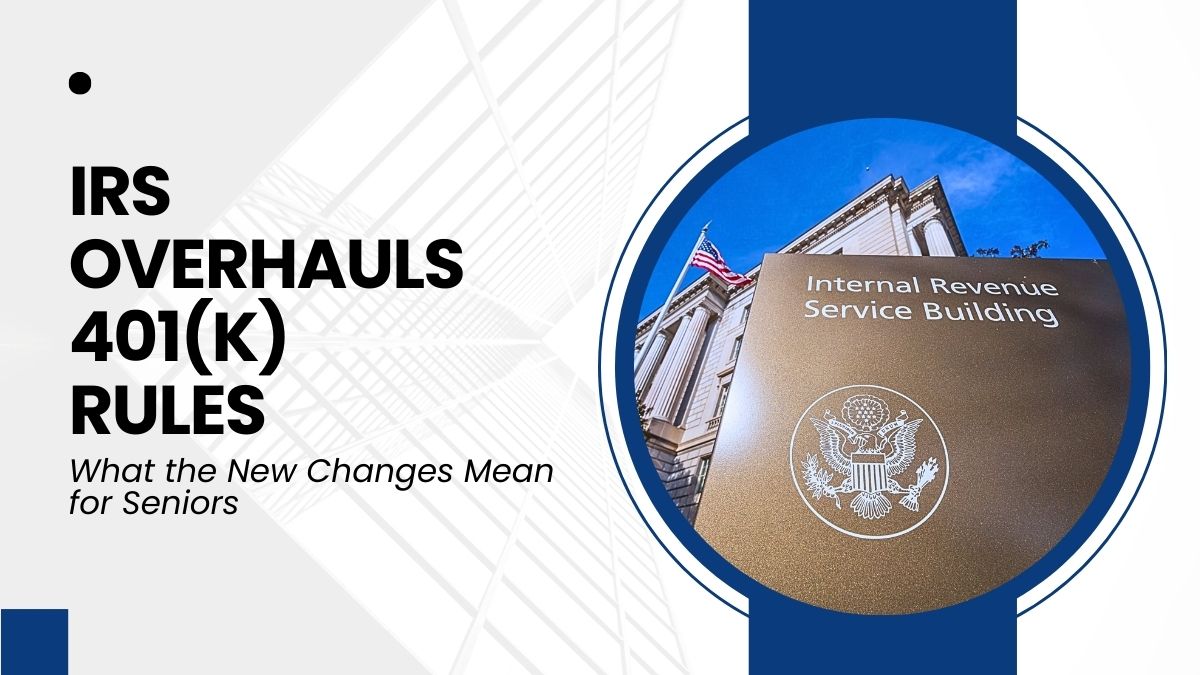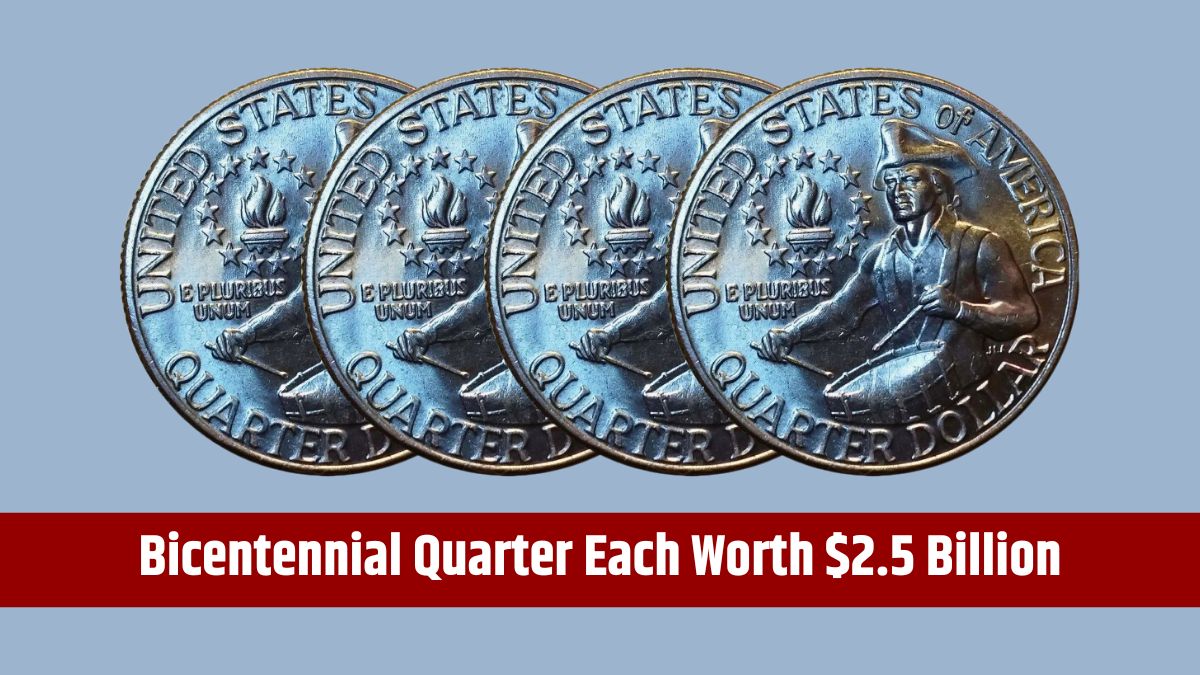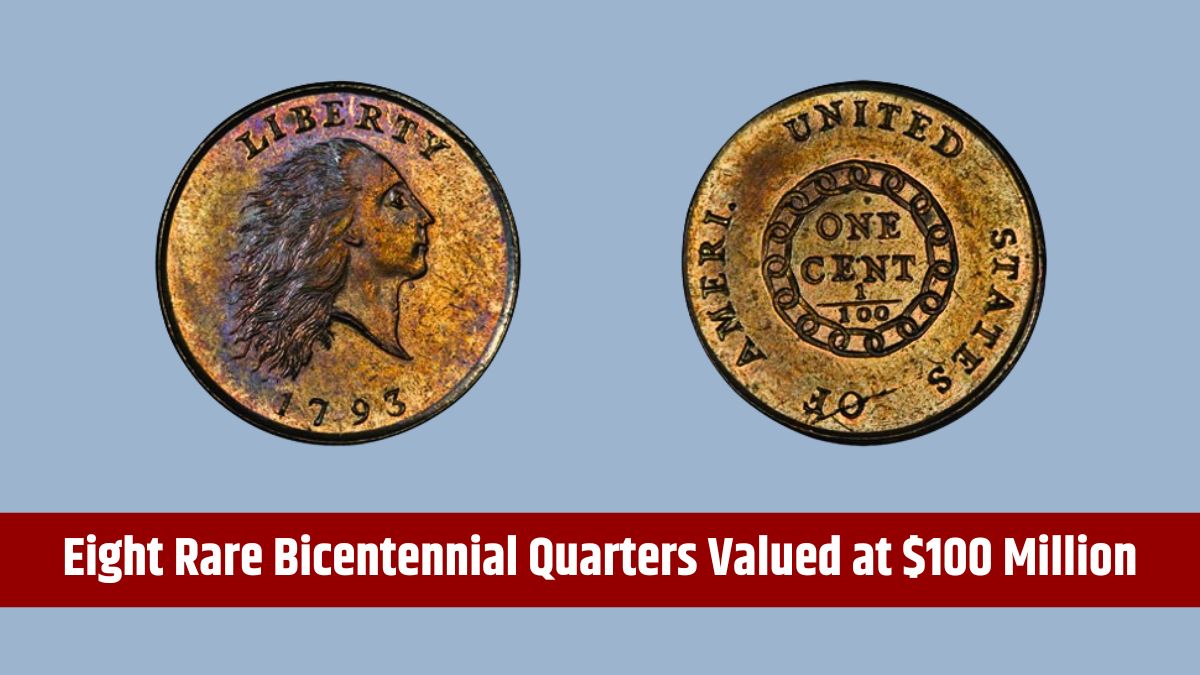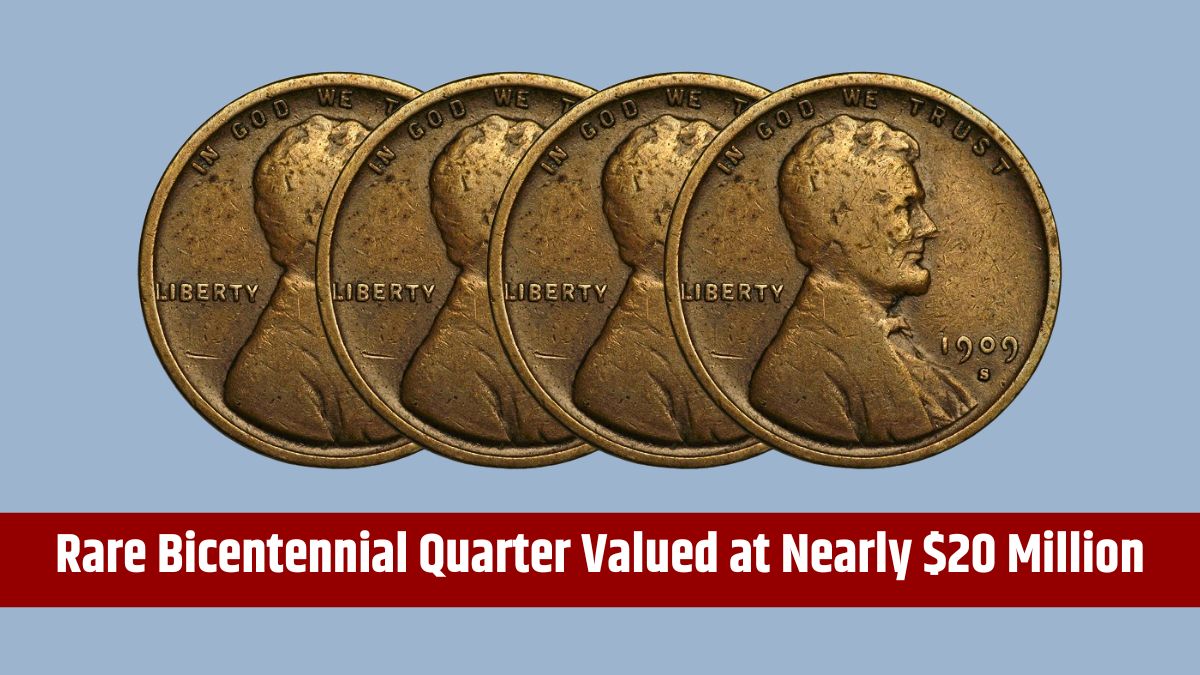The Internal Revenue Service (IRS) has introduced a significant change that could affect how senior citizens and other Americans manage their 401(k) accounts. This new rule, stemming from the SECURE Act 2.0, allows individuals to withdraw up to $1,000 from their 401(k) accounts without incurring the usual penalties, provided the withdrawal is for qualifying emergencies.
This update offers more flexibility for those facing unexpected expenses, such as medical bills, car repairs, or funeral costs, while highlighting the ongoing challenges of inflation and financial strain on American households.
The New Rule
Previously, withdrawing money from a 401(k) before reaching the age of 59½ typically meant facing a 10% early withdrawal penalty on top of regular income taxes. Although exceptions existed for certain hardships, proving the need for these withdrawals and facing the tax implications often deterred people from tapping into their retirement savings.
With the new IRS rule in place, Americans can now take out $1,000 per year from their 401(k) or Individual Retirement Account (IRA) without penalty, provided the funds are used for emergency expenses. This withdrawal must be repaid within three years to avoid taxes on the amount. If the money isn’t repaid within that period, the individual will have to pay income tax on it and will be ineligible for another penalty-free withdrawal until the repayment is made.
This flexibility is especially crucial as more Americans find themselves needing to access retirement funds due to financial emergencies. Notably, this rule comes at a time when inflation is causing a sharp increase in living expenses, making it harder for many to cover unexpected costs without dipping into their savings.
401(k) Plans
A 401(k) is a type of retirement savings plan offered by employers, where employees can contribute a portion of their earnings to an account, with taxes on these contributions deferred until withdrawal. There are two main types of 401(k) accounts: Traditional and Roth.
- Traditional 401(k): Contributions are made with pre-tax dollars, reducing your taxable income. However, withdrawals during retirement are taxed as ordinary income.
- Roth 401(k): Contributions are made with after-tax dollars, meaning there is no tax deduction at the time of contribution. However, qualified withdrawals in retirement are tax-free.
The new IRS rule applies to both types of 401(k) accounts, offering savers a way to address emergencies without the added financial burden of penalties. However, it’s important to note that not every 401(k) plan will offer this option, as it is an optional feature that employers may or may not include in their plans.
401(k) for Emergencies
The introduction of this rule coincides with a growing trend of Americans using their 401(k) accounts to cover unexpected expenses. High inflation rates have significantly eroded the purchasing power of workers, leading to an increase in hardship withdrawals from retirement accounts. Vanguard reports that 3.6% of workers participating in employer-sponsored 401(k) plans made hardship withdrawals in 2023, up from 2.8% in 2022 and the pre-pandemic average of about 2%. This marks the highest level of hardship withdrawals since Vanguard began tracking this data in 2004.
The surge in withdrawals is largely driven by the increased cost of living, particularly in areas like food and housing, which disproportionately impacts low-income households. As a result, more Americans are turning to their retirement savings to cover basic needs, despite the potential long-term consequences.
Impact of Inflation on Savings
Inflation continues to strain American households, forcing many to deplete their savings at an accelerated pace. With rising prices for essential goods and services, workers are finding it increasingly difficult to maintain their standard of living without relying on credit cards or dipping into retirement funds. This financial strain is reflected in the increased rate of 401(k) withdrawals, as individuals struggle to manage day-to-day expenses.
While the new IRS rule provides a valuable safety net for those facing financial emergencies, it’s important to approach these withdrawals with caution. Financial experts warn that tapping into retirement savings can have long-term consequences, particularly if the withdrawn funds are not repaid within the three-year window. Missing out on the benefits of compounding interest could significantly reduce the amount of money available during retirement, potentially jeopardizing financial security in the later years of life.
In light of these changes, individuals should carefully consider their options and seek financial advice if necessary. While the new rule offers more flexibility, it’s crucial to balance immediate needs with long-term retirement goals.
FAQs
What is the new IRS rule for 401(k) withdrawals?
The new rule allows penalty-free withdrawals of up to $1,000 per year for emergencies.
Do I have to repay the $1,000 withdrawal?
Yes, the withdrawal must be repaid within three years to avoid taxes.
Can all 401(k) plans offer this withdrawal option?
No, the emergency withdrawal feature is optional for employer plans.
What are the consequences of not repaying the withdrawal?
If not repaid, you will pay income tax on the amount and cannot take another withdrawal.
How has inflation affected 401(k) withdrawals?
Inflation has led to a rise in hardship withdrawals, as more Americans face financial strain.
















